L’agència de qualificació Standard & Poor’s ha emès aquest divendres una nova nota sobre el Principat d’Andorra en què adverteix que depèn com evolucioni el ‘cas BPA’ o si el sistema financer mateix un nou cop reputacional pot deixar la valoració del país a tocar el bo escombraria en el proper any i mig. Per tant, S&P situa en quarantena Andorra durant els propers divuit mesos mentre cataloga amb un BBB- el llarg termini i un A-3 el curt termini. I manté la perspectiva negativa que pot passar a ser estable si Andorra fa els deures els propers mesos. S&P constata el retard que hi ha en el calendari inicialment fixat per a la resolució del ‘cas BPA’, malgrat que destaca en positiu que s’han fet diversos passos, i deixa constància que la recuperació econòmica advertida el 2014 s’ha vist clarament afectada durant el 2015 per la crisi bancària.
En el seu informe, l’agència explica que “tot i que la resolució de BPA està relativament avançada, creiem que segueix subjecte als riscos que podrien pesar sobre la solvència d'Andorra. En primer lloc, AREB necessita establir una xarxa de relacions de banca corresponsal de Vall Banc per permetre a l'entitat dur a terme operacions bancàries internacionals normals; l’AREB té ja creat aquest tipus de llaços amb altres contraparts clau (com en el sistema de pagament). En segon lloc, l’AREB necessita, per completar la venda de Vall Banc, un fort comprador a un preu que limita el cost de la resolució de BPA per al Govern. En tercer lloc, els litigis d'ex accionistes o clients de BPA podria retardar la resolució” del cas. S&P també explica que “entenem que el cost directe de la resolució de BPA puja a menys de l’1% del PIB i s'acumularà en el pressupost del Govern de 2016, amb el supòsit que el producte de la venda Vall Banc es compensarà. Els costos indirectes de la crisi de BPA és probable que siguin més substancial: els ingressos fiscals el 2015 van ser inferiors a les previsions anteriors, en part a causa dels efectes indirectes del cas en l'economia més àmplia. Per compensar els menors ingressos, les autoritats han reduït les despeses i altres projectes d’inversió han estat posposats, mentre s’ha incrementat el pagament de dividends de la companyia estatal de telecomunicacions Andorra Telecom.”
Quant al futur, l’informe d’S&P diu que “la perspectiva negativa a Andorra indica que hi ha almenys una una de cada tres possibilitats que puguem baixar les qualificacions dins dels propers 18 mesos si es creu que qualsevol dels escenaris següents es materialitzaria: el procés de resolució no va poder crear un Vall Banc viable que podria ser venut amb èxit, i aquesta turbulència provocada fracàs a Andorra de sector financer, el que afecta de manera significativa les finances del govern o de la perspectives de creixement econòmic dels països; un augment de la probabilitat, al nostre parer, que altres bancs andorrans podria problemes de la cara de reputació similars als que afecten BPA; Andorra era probable que es desviï de la seva trajectòria actual de la legal i reformes institucionals, que tenen com a objectiu la convergència gradual cap normes internacionals de supervisió bancària; o estimem que Andorra vindria sota la pressió dels socis comercials per modificar el seu marc fiscal, en detriment del seu model econòmic.”
I hi afegeix: “Per contra, podríem revisar la perspectiva a estable dins dels propers 18 mesos si tot passar el següent: el pla de resolució de BPA va culminar amb la venda del banc pont de Vall Banc i va conduir a les operacions normals de la nova entitat, sense cap impacte negatiu addicional sobre les finances del Govern d’Andorra; Andorra va mostrar, al nostre parer, és clar compromís amb el progrés i amb una agenda de reforma que enforteix la capacitat de les institucions d'Andorra de controlar i gestionar els riscos associats amb el sector bancari del país, mentre que convergeix amb les normes internacionals d'informació financera; i les perspectives econòmiques d'Andorra estabilitzats, possiblement amb el suport de la millora els resultats econòmics de les seves principals socis comercials, Espanya i França.”
En el següent enllaç poden consultar el comunicat emès pel Govern:
La comunicació en anglès emesa per S&P |
|
OVERVIEW • In our opinion, Andorra's government and regulators have made substantial progress in protecting the financial system from risks related to Banca Privada d'Andorra. • We consider that Andorra has stable political institutions and strong fiscal and debt positions, but information gaps regarding external data, potential contingent liabilities related to banks, and our view of limited growth prospects and economic concentration risk constrain the ratings. • We are affirming our 'BBB-/A-3' ratings on Andorra. • The negative outlook indicates that there is at least a one-in-three likelihood of a downgrade within the next 18 months if we foresee financial market turbulence in Andorra, delays to banking supervision reform, or other adverse changes that can hurt the government's finances or the country's growth prospects. RATING ACTION On Feb. 12, 2016, Standard & Poor's Ratings Services affirmed its 'BBB-/A-3' long- and short-term sovereign credit ratings on the Principality of Andorra. The outlook remains negative. RATIONALE The affirmation reflects our view that the resolution process at Banca Privada d'Andorra (BPA) is continuing, albeit with some delay compared with the original timetable. So far, we have seen no signs that the BPA case has destabilized Andorra's financial sector. As stipulated in Andorra's Law on Restructuring and Resolution of Banking Entities, dated April 2, 2015, Andorra's banking resolution authority, AREB, has created a "bridge bank" named Vall Banc, where BPA's cleared assets and liabilities will be transferred. AREB has launched a competitive process to sell Vall Banc that is now entering its final phase, and eight entities, including several nonresident institutions, have been invited to submit bids. We now expect a sale may be completed in the first quarter of 2016. Although BPA's resolution is relatively advanced, we think it remains subject to risks that could weigh on Andorra's creditworthiness. First, AREB needs to establish a network of correspondent banking relationships for Vall Banc to enable the entity to conduct normal international banking business; AREB has already created such ties with other key counterparties (such as payment systems). Second, AREB needs to complete the sale of Vall Banc to a strong buyer at a price that limits the cost of BPA's resolution to the government. Third, litigation from BPA's former shareholders or customers could delay the failed bank's resolution. We understand that the direct cost of BPA's resolution amounts to less than 1% of GDP and will be accrued in the government's 2016 budget, with the assumption that the proceeds of the Vall Banc sale will offset them. The indirect costs of BPA's failure are likely to be more substantial: Andorra's tax revenues in 2015 were lower than our previous forecasts, partly because of spill-over effects into the broader economy. To offset the lower revenues, the authorities have cut other expenditures and postponed capital projects, while increasing the payout of dividends from state-owned telecommunications company Andorra Telecom. We estimate a moderately higher central government deficit in 2015 of 0.9% of GDP compared with 0.2% in 2014. Despite a relatively weak growth environment, we still consider the government's fiscal plans to be credible. Between 2016 and 2019, we expect central government deficits will remain roughly constant, enabling the general government to post moderate surpluses of about 1% of GDP, thanks to the performance of local governments and social security. We note that, historically, Andorra has posted budgetary surpluses, but we remain aware of the principality's limited fiscal and monetary flexibility, the sensitivity of its small financial services economy to business conditions, and the tax and financial sector regulations in key trading partners, such as Spain and France. We continue to consider that Andorran banks' relatively large size and international expansion expose Andorra to potential external shocks, elevating the risks to the country's banking sector. Financial institutions' claims on the resident nongovernment sector, at about twice 2014 GDP, are among the highest of the sovereigns we rate. We estimate that off-balance-sheet assets under management at Andorran banks and their subsidiaries amount to about €36 billion, or 14x domestic GDP. Andorra's financial sector contributes about 20% of total GDP, and approximately 5.4% of employment, which highlights the country's vulnerability to turbulence in this sector. In our opinion, banks' operations in several jurisdictions (like Spain, the U.S., Switzerland, Panama, or The Bahamas) increase their complexity, putting additional demands on supervisory activities and, in particular, the country’s financial intelligence unit. We understand Andorra is seeking to enhance financial institutions' resources and capabilities, while advancing toward international standards of legislation on anti-money laundering. Progress on this front is monitored and supervised through successive rounds of review by the Council of Europe's committee on the evaluation of anti-money laundering legislation (Moneyval). Andorra has no monetary flexibility. Under a 2011 monetary agreement with the EU, Andorra can use the euro as its official currency. However, the principality has no central bank or other lender of last resort to provide emergency financing to its large banking system. Andorran banks have only indirect liquidity access to the European Central Bank through the possibility of discounting eligible securities held at eurozone subsidiaries, but they are not eligible for the EU's banking resolution fund. Andorra's government is therefore the de facto financial backstop for Andorran banks, and this constitutes an important contingent liability for the country. Following a recovery in Andorra in 2014, we believe that the BPA case has affected consumption and investment in 2015, slowing economic growth both in real and nominal terms. We estimate that the Andorran economy grew 1.7% in real terms in 2015 (0.8% in nominal terms) and will expand by only 1%-2% through our forecast horizon (2016-2019), absent further destabilizing factors. In our view, these figures indicate low growth prospects for the country, which constrain the rating. We forecast a general government surplus of about 2.6% of GDP in 2015, up from our previous estimate of 1.2% of GDP in September last year. This change is due to better performance of the social security system than we anticipated. We forecast that general government balance will converge toward 1% of GDP in 2017 and subsequent years. This is because of our view that local governments’ surpluses will gradually decline and our conservative estimates about social security performance in the years ahead. We expect the central government will continue to accumulate debt, but that debt reduction at the local government level and the social security system's continued accumulation of assets should strengthen the general government's net asset position, which could reach about 9% of GDP by 2019. We estimate that the Andorran government's financing needs for 2016 amount to about €684 million (27% of GDP), which we expect it will cover by rolling over debt instruments, chiefly held by Andorran banks and individuals. Andorra placed a €100 million retail bond in April 2015, right after the BPA crisis started; therefore, we do not expect the country to have problems refinancing its maturing debt. If necessary, Andorra could also use the cash reserves of state-owned enterprises, which we estimate exceed €236 million, although we understand that only about €186 million would be available at short notice. Additionally, Andorra's social security reserves had a market value of about €1.1 billion (43% of GDP) as of year-end 2015, and comprise predominantly liquid assets. However, we understand that the use of these reserves to service government debt would require new legislation. Our baseline assumption is that, if required, a law could be enacted relatively quickly. Our ratings on Andorra are supported by the country's stable political institutions and track record of economic resilience. Andorra is a parliamentary co-principality. Two princes hold the joint and indivisible position of Head of State: the Bishop of La Seu d'Urgell (Spain) and the President of France. Following elections in March 2015, the center-right party Democrates per Andorra (DA) remained in office for another four years with an absolute majority. Andorra's DA-led government has pursued a comprehensive reform agenda, including overhauling the tax system, opening the economy to foreign investment, reforming the social security system to ensure its sustainability, and exercising tighter control over local finances. However, our assessment of Andorra's institutional strength is constrained by the coverage and reliability of statistical information, in line with our criteria. Andorra's GDP per capita, at about $36,200 in 2015, is relatively high, but in our opinion the country's growth prospects are still limited, and the economy is vulnerable to its concentration in financial services and tourism. Andorra's authorities do not publish a complete balance of payments statement or data regarding its international investment position. The ad hoc publication of economic indicators can influence our credit appraisal more markedly than when dissemination of economic data is more frequent and plentiful. OUTLOOK The negative outlook on Andorra indicates that there is at least a one-in-three likelihood that we may lower the ratings within the next 18 months if we believed that any of following scenarios would materialize: • The resolution process failed to create a viable Vall Banc that could be successfully sold, and this failure triggered turbulence in Andorra's financial sector, meaningfully affecting the government's finances or the country's economic growth prospects; • An increased likelihood, in our opinion, that other Andorran banks might face reputation issues similar to those affecting BPA; • Andorra was likely to deviate from its current path of legal and institutional reforms, which aim at gradual convergence toward international standards of banking supervision; or • We estimated that Andorra would come under pressure from trading partners to modify its fiscal framework, to the detriment of its economic model. Conversely, we could revise the outlook to stable within the next 18 months if all the following occurred: • The resolution plan for BPA culminated in the sale of the bridge bank Vall Banc and led to normal operations for the new entity, without any additional negative impact on the Andorran government's finances; • Andorra showed, in our view, clear commitment to and progress with a reform agenda that strengthened the ability of Andorra's institutions to monitor and manage risks associated with the country's banking sector, while converging with international standards of financial reporting; and • Andorra's economic prospects stabilized, possibly supported by improving economic performance of its main trading partners, Spain and France. |
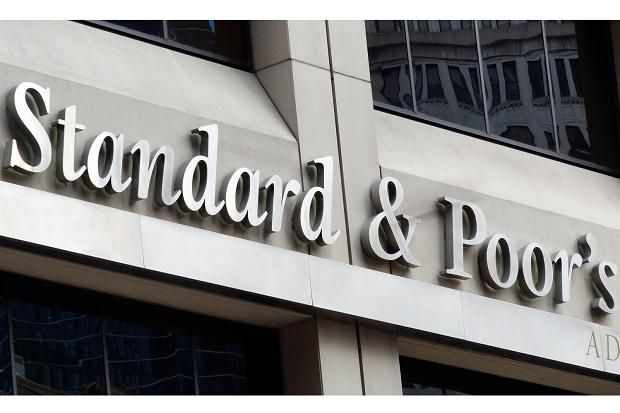
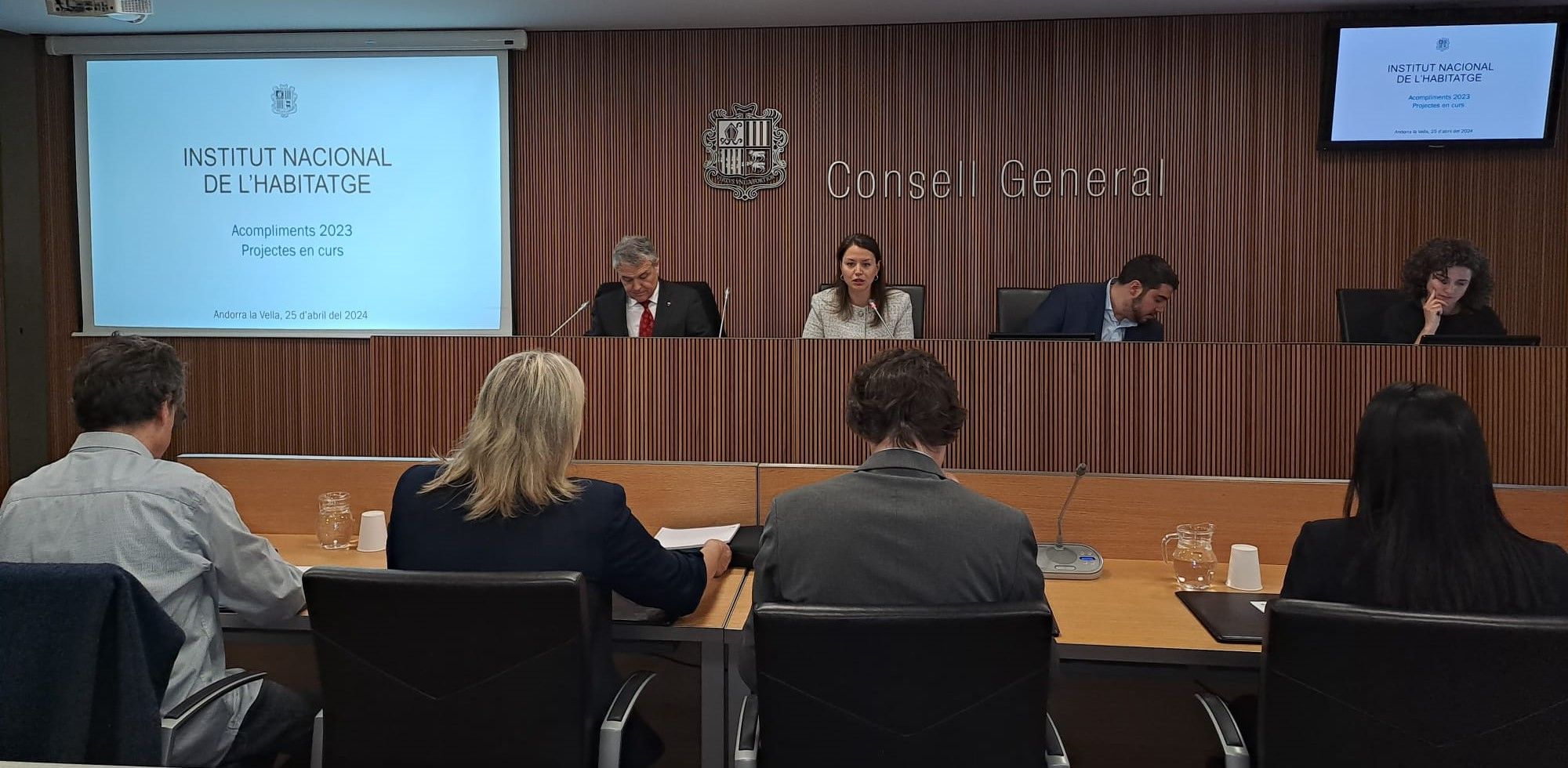

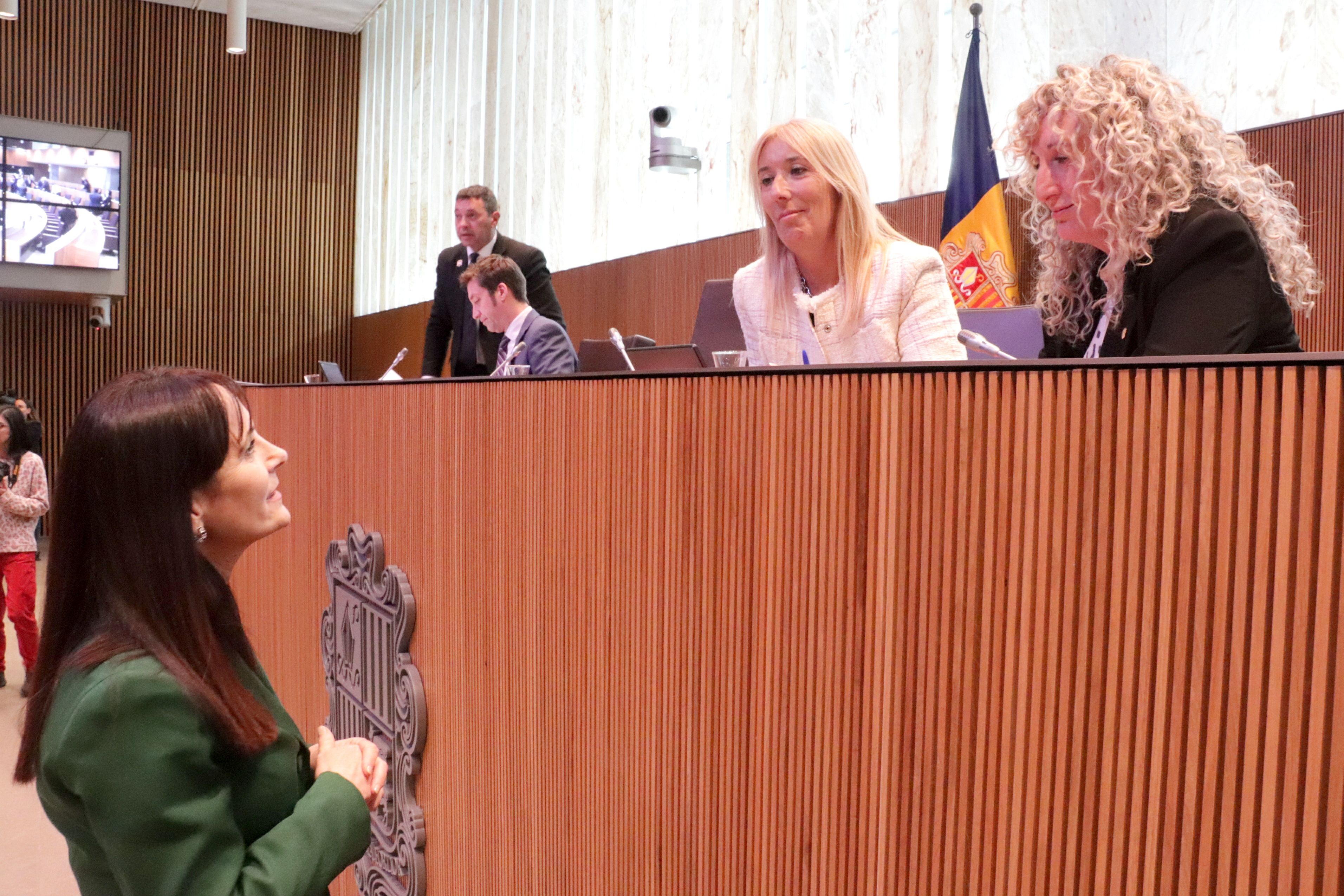

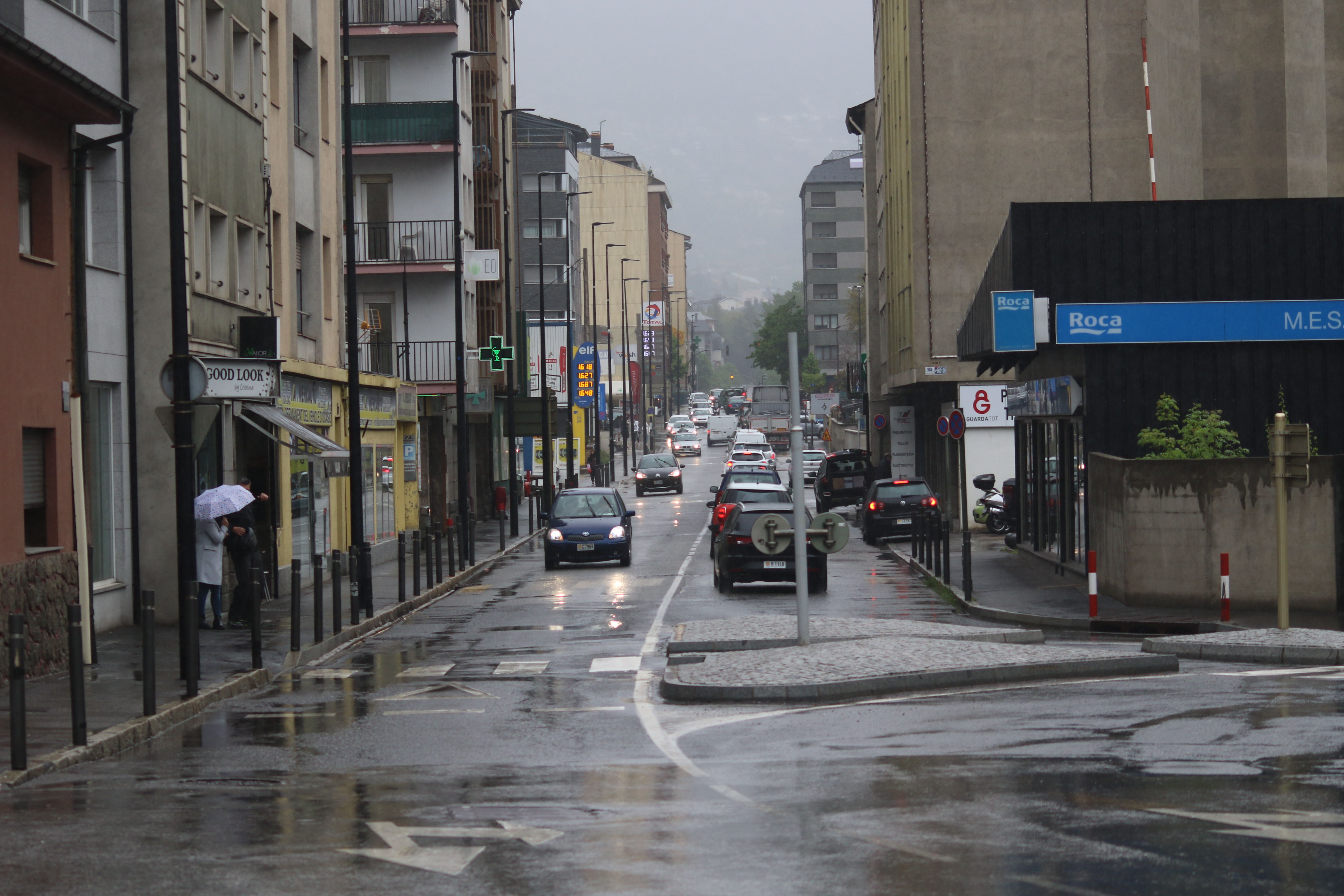

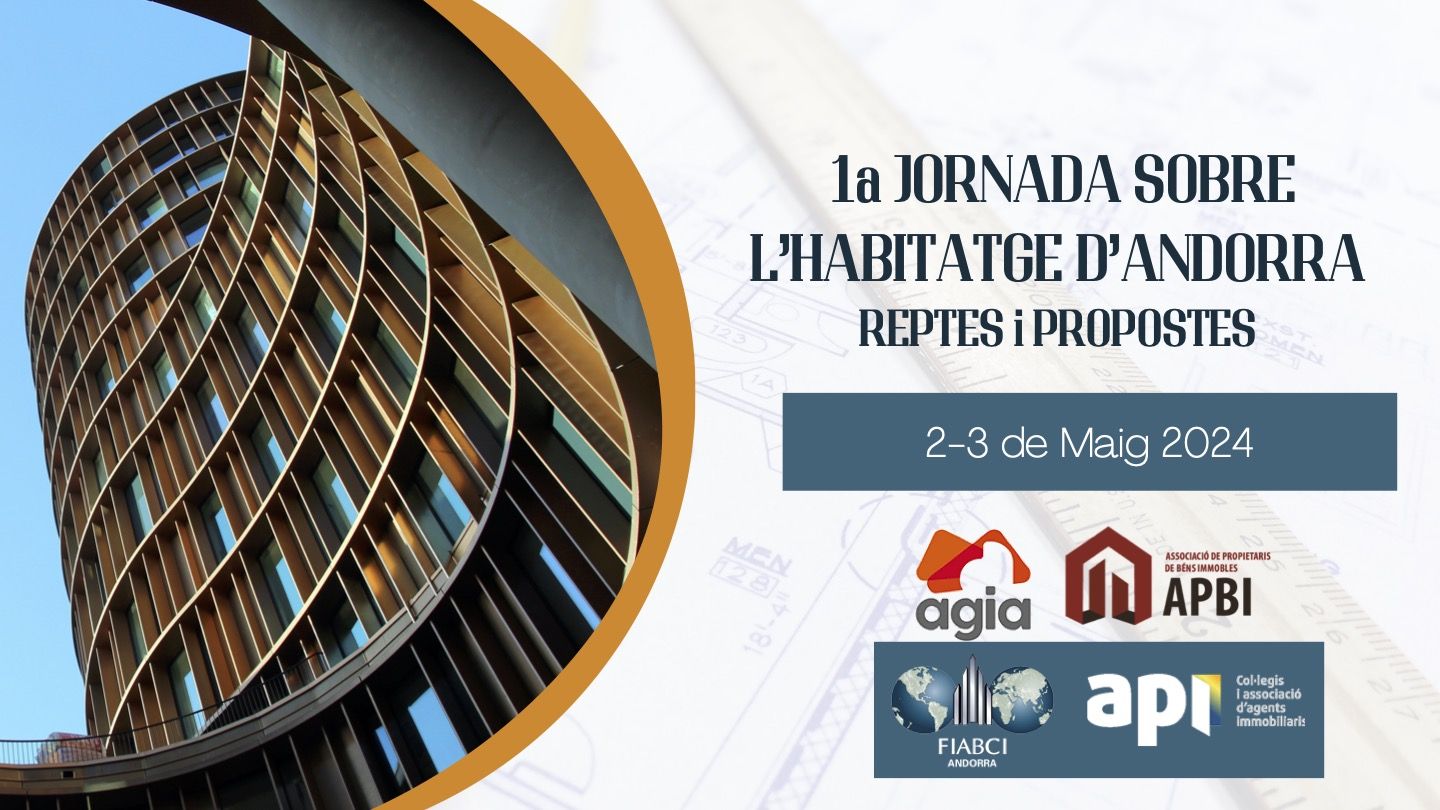
Comentaris